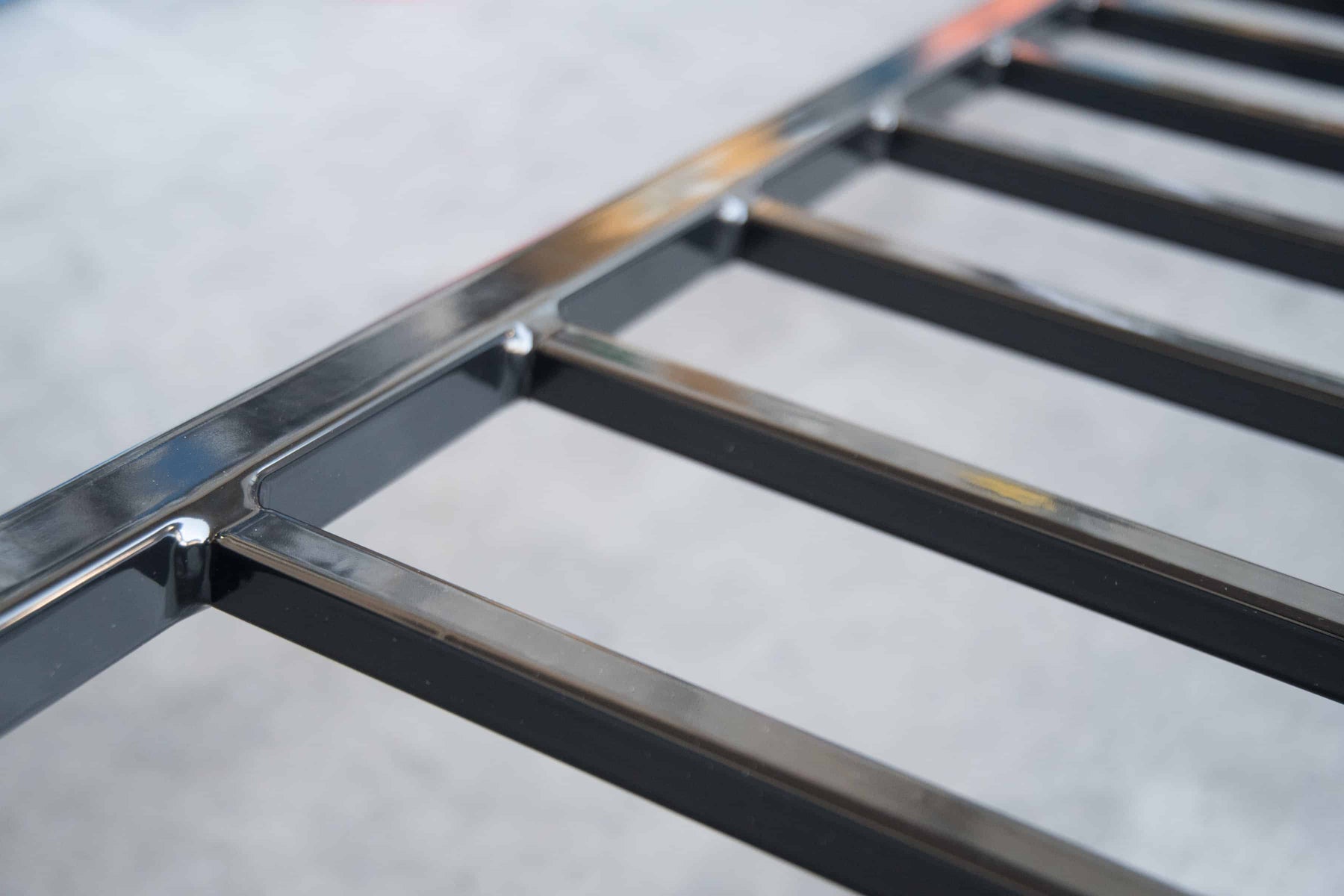(408) 573-3779
(408) 573-3779

Read more to find out about which style of fencing is right for you. In this article we will uncover the key differences between these two fence types, including:
The biggest difference between these two types of fences is the material they are made from.
Wrought Iron fences are made from the raw element of iron. Iron is a naturally occurring standalone substance that can be harvested from the earth.
Many of today’s wrought iron manufacturers add iron silicate to their product. It can be difficult to find a manufacturer that uses true 100% raw iron in their fence materials.
Ornamental “iron” fences are actually made from steel. What is steel? Steel is a man-made product that is created when carbon is combined with iron.
This creates a more affordable product that is easier to work with, but still displays similar properties to that of genuine wrought iron.
Here are a few signs that you can look for to tell you what a fence is made from:
While both iron and steel are heat treated by fire to increase their strength, the formation processes they undergo are different.
Charcoal firing is used to create wrought iron fences. According to the Real Wrought Iron Company, a supplier of genuine wrought iron, it can also be produced as a by product of cast iron production.
Steel is created after the addition and subtraction of several natural and man-made compounds.
True wrought iron fences are hand-shaped by blacksmiths or master craftsmen. They take time to produce and are usually custom created as needed, made to order.
Most ornamental iron fences are machine made. They can be manufactured in large quantities and bought/sold in bulk.“Genuine” iron fences have not been commercially available since steel was popularized. However, you can still find the pieces needed to create a wrought iron fence, but rarely, if at all, will you find a true wrought iron fence manufacturer or mass producer.
Wrought iron may be ideal or is commonly used in the following applications:
Custom Craftsmanship. If you want to genuine one of a kind fence, wrought iron is the right choice. It can be heated and shaped with great levels of detail and it the quality of work will differentiate your fence from all the rest.
Long term, high-end architecture. Wrought iron holds up to harsh weathering longer than steel. It doesn’t corrode as easily or as quickly. If you want to build an ornate fence that will still be standing about a hundred years from now, choose wrought iron. For example, the legendary Johnston Gate of Harvard University is +100 years old and still stands strong.
Restoration. If you’re improving or restoring a fence from the Victorian era, you’ll need wrought iron. Steel came into modern fence building during the industrial revolution. Fences and architecture created before that time relied on iron as their choice of steel.
Creative, Decorative Architecture. Wrought iron is a great choice for decorative fences. Several fence installers and architects use wrought iron to create fences that are works of art.
Ornamental Iron fences are actually made of steel. They are cheaper to buy, easier to produce, and are widely available. It’s easier for consumers to modify their wrought iron fences after installation. Many fence manufacturers also use wrought iron to put the finishing touches on an ornamental iron fence through casting or similar processes.
Ornamental iron may be ideal or is commonly used in the following applications:
Large Scale Jobs. If you need a lot of fencing, and/or you need it quickly, ornamental iron is the way to go. Steel fences are factory produced in mass quantities and often available in-stock. They are more easily shipped. Because they weigh less, they are easier to work with, so your job will go faster. When tackling a big project at a large scale, ornamental iron is most often the best choice.
Security. Wrought iron fences are a great choice for securing a property. They’re strong and can be built to tall heights. In addition, they can be shaped into a spear or you fix pointed finial tops to each picket, making it virtually impossible to climb. And because it is readily available, you can secure your property ASAP.
Fencing on Uneven and Sloped Land. Because of the way ornamental steel fences are assembled together, they can be made with a pivoting feature, allowing them to be installed on a bias (up to 36") helping to match difficult angles of the ground. Ornamental Iron fences made from steel are easier to adjust and therefore easier to work with on uneven grades of land.
Do-it-yourself metal fence projects. Ornamental iron fences are great for Do-It-Yourself projects. DIY enthusiasts can appreciate its low price point, ease of use, and simple installation process. With a little bit of research and planning, you can easily learn how to build your own steel fence. Youtube is a great resource for learning the Do's & Do Nots of ornamental iron fencing.
Custom Fabrications. Ornamental iron (steel) fences are easy to customize. Manufacturers and fence installers can create custom decorative fence solutions on most any budget.
Our main vendors of ornamental iron fences & gates include:
Fortress Fence Products offers innovative product and service solutions for the residential, commercial, and industrial market. Residents can benefit from steel/iron hybrid fences as well.
Ameristar Fences provides hybrid ornamental iron and steel fence solutions. They have products designed to serve clients in the residential, commercial, and industrial spaces. They also offer high-security fences to utility companies, airports, data centers, and federal & military buildings.